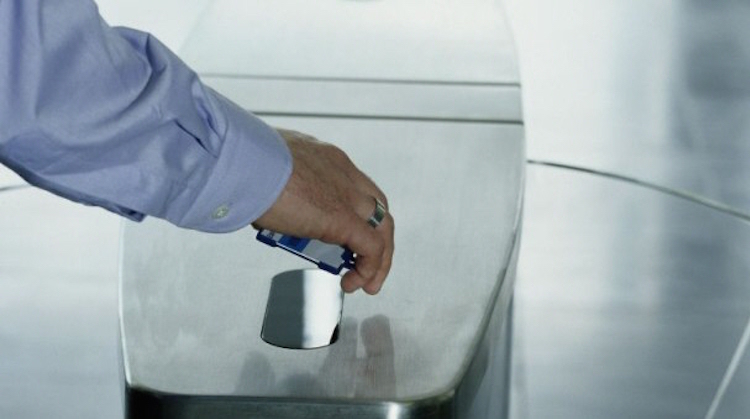
Air travellers will have with even more self-service and mobile options when travelling in the months and years ahead as airlines and airports bulk up their spending on information technology to speed up checkin and border processing while maintaining cyber security.
The SITA 2017 Air Transport IT Trends Insights report says airports around the world are projected to spend US$8.4 billion on IT related matters in 2017, a 20 per cent rise from US$7 billion actual spending in 2016.
Further, the report says airlines too are lifting their IT budgets, with projected spending forecast to rise to US$24.3 billion in 2017, up 11 per cent from US$21.9 billion in 2016.
The report found the focus on cyber security was the highest priority, with 95 per cent of airlines and 96 per cent of airports planning to invest in major cyber security initiatives over the next three years.
SITA president for air travel solutions Ilya Gutlin said the air transport industry was going through a digital transformation that was focused on protecting passengers and their own businesses while making air travel more efficient and improving the passenger experience.
“Cyber attacks are a very real threat in the highly interwoven air transport industry so building solid defences is essential,” Gutlin said in a statement.
“Cloud services provide important efficiencies which play a key role in keeping costs down. Investments in self-service improve passenger satisfaction as they welcome the independence and efficiencies it delivers.”
In terms of self-service options, the SITA report found 97 per cent of airlines planned to offer checkin, boarding and flight status notifications via mobile by 2020.
This compared with 73 per cent for mobile checkin, 70 per cent for mobile boarding and 68 per cent for flight status notifications via mobile currently.
It also noted the use of social media to provide travellers with real-time flight updates was tipped to grow from 31 per cent of airlines today to 92 per cent over the next three years.
The airports themselves are also keen to tap into emerging technologies such as beacons or sensors to monitor the flow of passengers through critical bottlenecks such as security screening and to update travellers with alerts sent directly to their phone, alongside further improvements in self checkin and bag-tag kiosks.
Airports Council International (ACI) director for airport customer experience and technology Antoine Rostworowski said it was encouraging to see the alignment of investment priorities among airport and airlines.
The ACI co-sponsored the report, which surveyed senior airline and airport IT executives in the second quarter of calendar 2017.
















Adrian P
says:A couple of months back I flew Brisbane to Melbourne.
The queue for the bag drop zigzagged down the terminal.
I used a conventional check-in who dealt with my bag, a totally reasonable queue, took very little time.
The airlines and airports (just want to chop staff) would have us bring our own dustpan and brush to clear up after ourselves if they thought they could get away with it.,